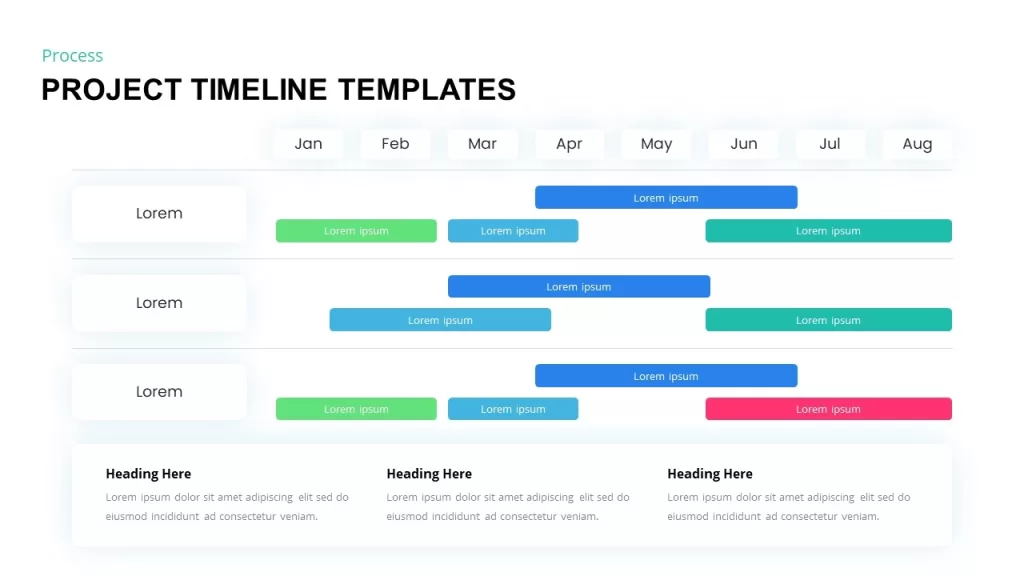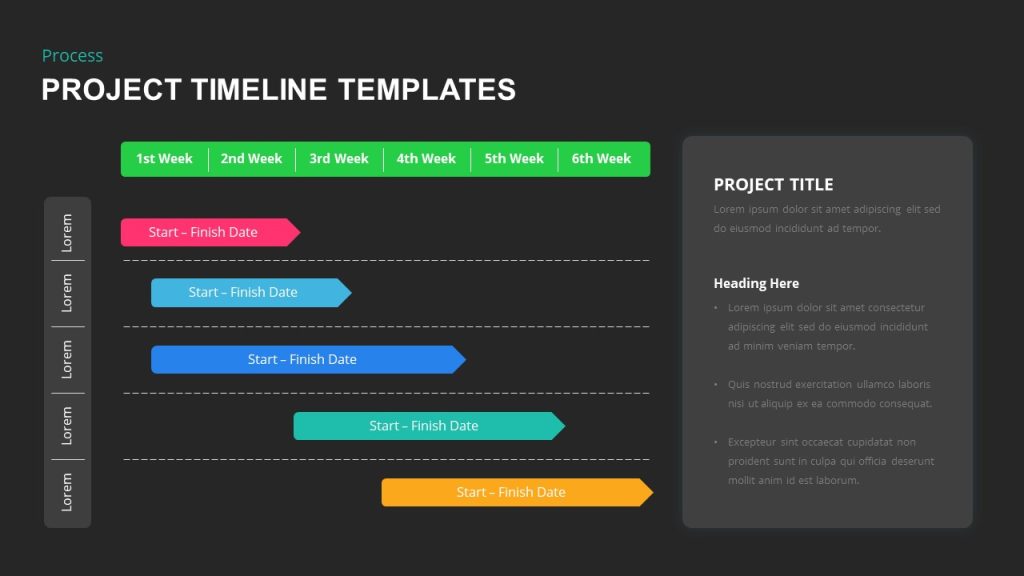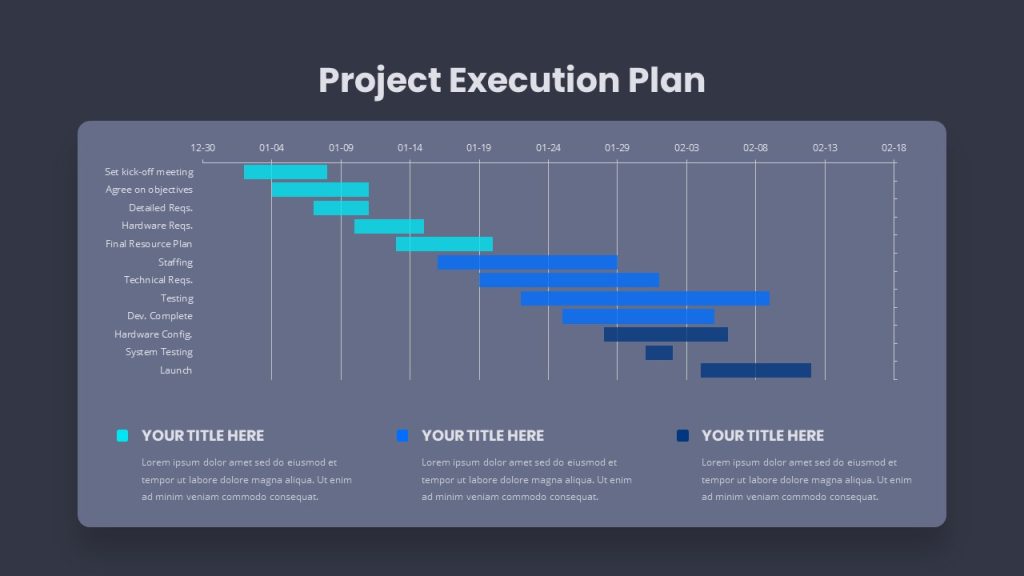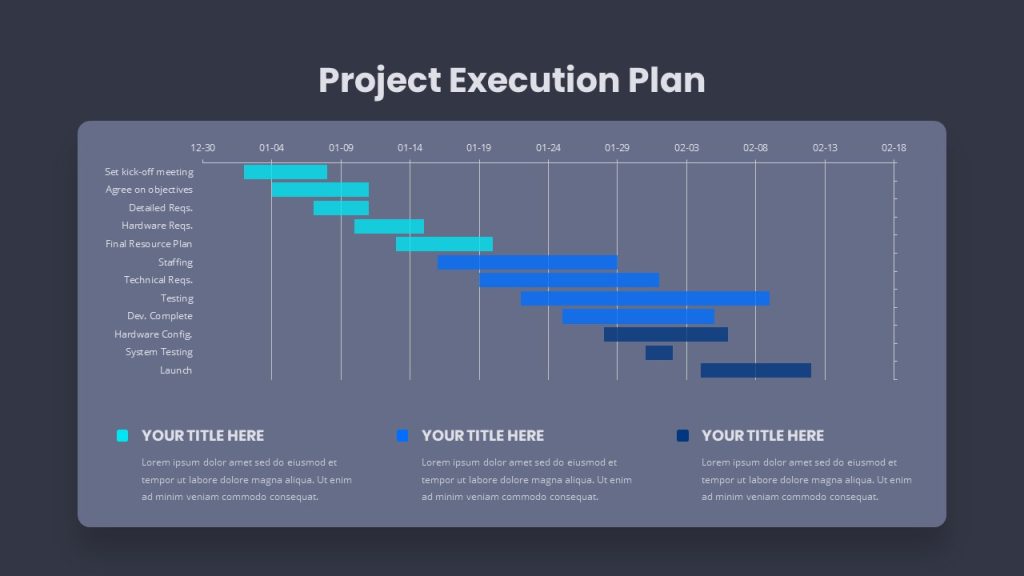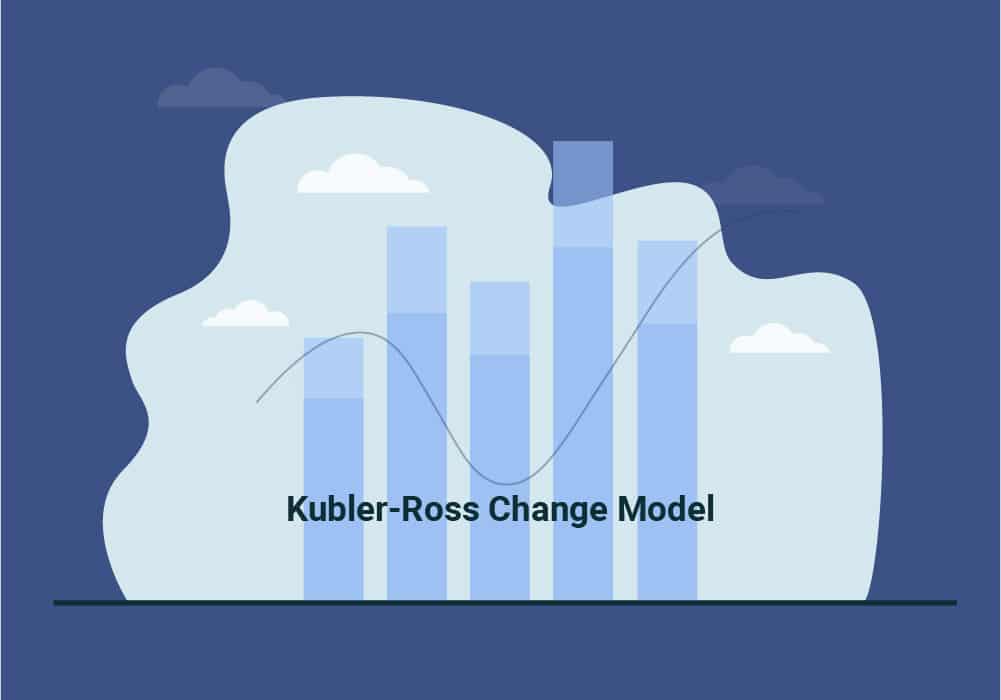Project Management Timeline – A Guide

Let’s say you are working on developing a custom software application for a customer; or you’re a construction business, and have just signed a contract to build an office complex. Either way, the question your customers, and even your employees would want to ask is “how long will this take?” Of course, it is not an easy one to answer! There are a lot of variables in any project, and the more complex the project, the more the variables. Many projects overshoot deadlines and budgets; so, what do you do? This is where a project management timeline comes in.
Before you move on, here are some useful timeline templates for PowerPoint that can save you a ton of time!
Project Management Timeline
A timeline lists activities that have taken place or are about to take place, in chronological order. A project management timeline is the same: it lists the tasks you need to complete and the amount of time left for their completion. Customers may have unrealistic expectations vis-à-vis the abilities of your workforce. It is essential to create project planning timelines that are acceptable to everyone involved; in fact, it’s a skill that will help you plan your projects efficiently.
The Importance of a Project Management Timeline
Regardless of which industry you are in and what method you follow, project management timelines are common to all as it keeps the project together, helping you track its progress. You get a clear picture of your goals, and the project management tools help you see how close you are to them.
Gives Everyone a Bird’s Eye View
With a proper planning timeline everyone can get a broad view of the entire project, and can see when different activities are slotted to happen. This gives them context regarding their individual activities and helps them see how and where that piece fits in the puzzle. It becomes easy to detect potential hurdles and identify requirements before you start on the project.
Enhances Communication
Everyone is on the same page and have clear expectations and know the progress of the project. This not only facilitates communication but makes it smooth; this eliminates confusion and makes for better collaboration.
Helps Stick to Deadlines
With timeline project management, you can effectively track and control the project progress, and respond to situations efficiently. Knowing that the project is progressing as planned can motivate your team to do even better. It is also a visibility tool that offers you plenty of data in real-time. It shows you the dependencies and prioritization of tasks. Dependencies refers to the fact that certain tasks will be dependent on others; like, timely production depends on timely ordering of raw materials. This way you get to see how if a particular task is delayed, the whole project could be impacted.
Divide Massive Projects into Manageable Chunks
Some projects may appear massive and overwhelming; a project management timeline can make it seem less so. To create the timeline, you have to divide the project into smaller steps that are easier to complete. Every achievement, no matter how small, keeps the team motivated.
Efficient Resource Management
A project timeline management tool highlights the roles and responsibilities of each employee for a specific period. This information can be used to make sure that tasks have been evenly distributed and that nobody is unduly burdened.
Types of timelines in project management
There are different types of project management timelines, with each having its pros and cons. While some focus on tasks, others stress on the result. As the project timeline manager, you need to weigh them and choose the one that is the best fit for your project.
1. Chronology type timeline
This type of timeline lists every task chronologically, showing their relationship from start to finish. It does not depict parallel or simultaneously occurring events as it shows events starting from the left.
2. Gantt chart
This is a very popular timeline planning tool as it is packed with features and is very flexible. It is suitable for different types of projects and offers a great deal of information in one place. As its an interactive tool that depicts tasks running parallelly, facilitates inter-team collaboration and can be adapted to changing situations, it is one of the most commonly used timelines by project collaboration solutions. Gantt charts also clearly depicts the order of priority, dependencies, the resources allocated, and so on.
3. Timeline on a bar chart
This planning timeline tool is popular in the finance sector, and applications which focus on one output in a given period. It’s horizontal X axis shows the time progress, with the vertical Y axis depicting resources. This timeline helps you see the overall trend and adapt your approach as required.
Important Components of a Project Management Timeline
A project timeline can include several elements depending on your requirements and choices. However, the most commonly included factors are:
- List of activities or tasks that are required to be carried out
- The start and end dates of each activity
- The relationships and dependencies between tasks
Steps to Create a Project Management Timeline
As in any task, well begun is half done. So, make sure that you start strong. This will set the trend for your entire project. Everything must happen as planned – the start-off meeting, initiation, planning, and execution. You need to put in a lot of careful thought to come up with a realistic and workable timeline that can motivate your team and maximize their productivity. Neither rush the tasks nor stretch it out. Plan and manage timelines efficiently with the help of a project management software. You need to convince your team that you are all going to work at the project together; this will reassure them and help them be more organized. Here are the steps you need to follow:
1. Understand the scope of the project
Everything that could be required for the project needs to be identified at the very beginning, so that you can prepare a realistic timeline. It will help you deal proactively with the situation of the project requirements exceed your initial assessment. In the projects that may be in progress at any given time, over half of them are likely to face this situation, called scope creep. To define the scope, you need to establish the following:
- The goals that your project aims to achieve
- The deliverables or desired outcomes of the project
- The different tasks required to achieve those outcomes
- The exclusions: the activities you will be unable to complete during this project
- The limitations and constraints within which you have to work
Once you have the answers to these issues, you can create a statement that outlines the scope of the project. As you progress through the project, you and your team can use this as a guideline. It will enable you to focus on the important elements in your project and relegate the less important matters to the backburner.
2. Define the tasks required for your project
Making your project timeline doesn’t mean simply defining your start and end dates. It is necessary to set dates for the completion of different tasks and milestones all through the duration of the project. Basically, you need to split up your big project into smaller, manageable chunks that are easier to deliver. This way, it becomes easy to know what are the tasks you need to complete in any given deliverable. Before creating the timeline, you can note all the steps on paper first so that you make sure that you have covered everything. It is important that you share this information with your whole team so that everyone is on the same page.
There are knowledge sharing workspaces available that facilitate collaboration and teamwork. They allow you to add roles and responsibilities of team members, various other details, and add notes as well. Once this is done, you can simply enter the various tasks to a project management software of your choice. This way all your team members can go through them in detail and check them off one by one as they complete them.
3. Set deadlines for each task
Merely noting down the milestones, deliverables and the related tasks does not mean your timeline is ready – a timeline after all, is essentially a chronological list of activities. This means that we have to include the time each task will take, and only then will our timeline be complete. Ergo, the third step for you is to determine how much time each task will need to be complete. This needs to be done for each task that is outlined for each deliverable or milestone. Obviously, this is an educated guess – you cannot hope to get the timing exactly right. Your team members are the ones who will be working on it, and are likely to have a better idea of how much time each task will take. This will save you from assigning too short or too long a time
4. List milestones and tasks sequentially
Now that you have your tasks and tentative time required, you need to arrange the tasks in a logical and chronological sequence for your team to use as a guide to execute the project. However, you need to bear the following matters in mind as you are setting your sequence of activities:
- Dependencies between tasks and resources. Certain resources, for example, specific team members, or equipment, cannot be used for two tasks at the same time. This means when one task is completed, only then can the next task that requires those same resources utilize them. Let’s take the example of making a steel cabinet; unless it is cut into the different required sheets and rods, it cannot be assembled.
- Tasks that run concurrently. Going by the previous example, when the steel is being processed into different shapes, you can procure the other parts required like nuts and bolts, handles, and so on.
To ensure that your timeline is realistic, doable, and effective, it is important that you keep track of these factors.
5. Determining the resources for the required tasks
After arranging all the tasks in a logical sequence and having estimated the time required to complete them, you need to allocate resources. For every task within each deliverable, you need to estimate how much manpower and money it will require, along with equipment, space, and other resources required for them. Once you figure out the required resources, you need to check their availability. In case any of the resources are not available, you need to see how to procure them. If you lack funds, you may need to apply for a loan. If its machinery or equipment, you may need to purchase or rent them and if you need more employees, you may need to hire temporary staff.
6. Make a list of deadlines
Earlier, we spoke about assigning estimated time schedules to tasks. However, it is important to set exact deadlines for tasks. So, if previously on your team’s recommendations, if you have tentatively written, this task will be complete in 3 to 5 days, you should now set a definite date like, this task will be completed by 12th of September. The time estimates should help you to set deadlines for tasks that are realistic. It’s a good idea to have some buffer so that you don’t run dangerously close to the deadline to complete it. Of course, there are always unforeseen factors that can creep in – and this makes it all the more imperative that you have that buffer zone. Completing a task or milestone before the deadline is always a good thing.
Project Management Timeline Templates
It can feel a bit daunting to create and share a project timeline from scratch. This is why we suggest making use of project management timeline templates that are available online. Several vendors offer these templates which make your job super easy. You only have to enter information in the proper fields. Once it’s done, you can share it with your teammates with just a few clicks.
Project Timeline PowerPoint Template
Project Execution Plan PowerPoint Template
Conclusion
Thanks to timelines, you can now ensure that your whole project stays on track, and offer all stakeholders a realistic projection for its completion.
